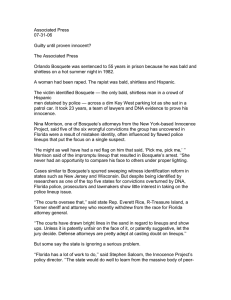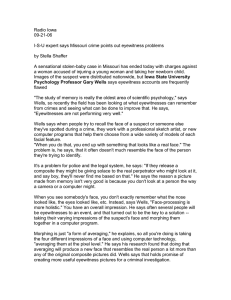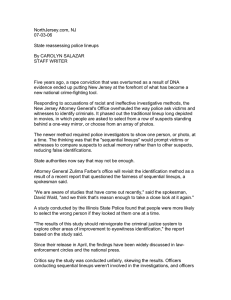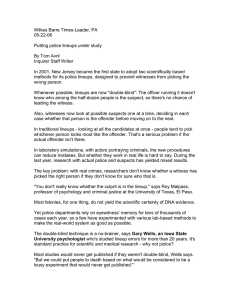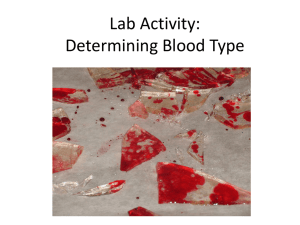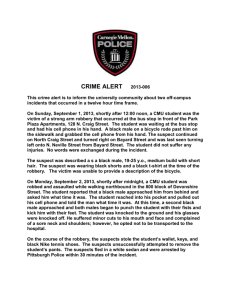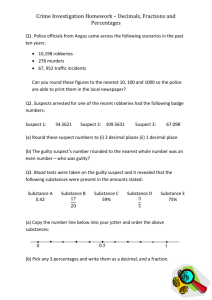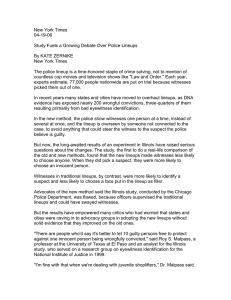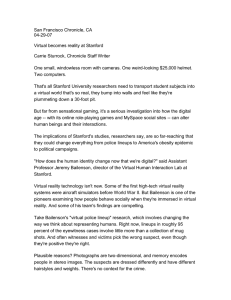San Jose Mercury News 03-16-06 Wrongful convictions spur review of police lineups
advertisement
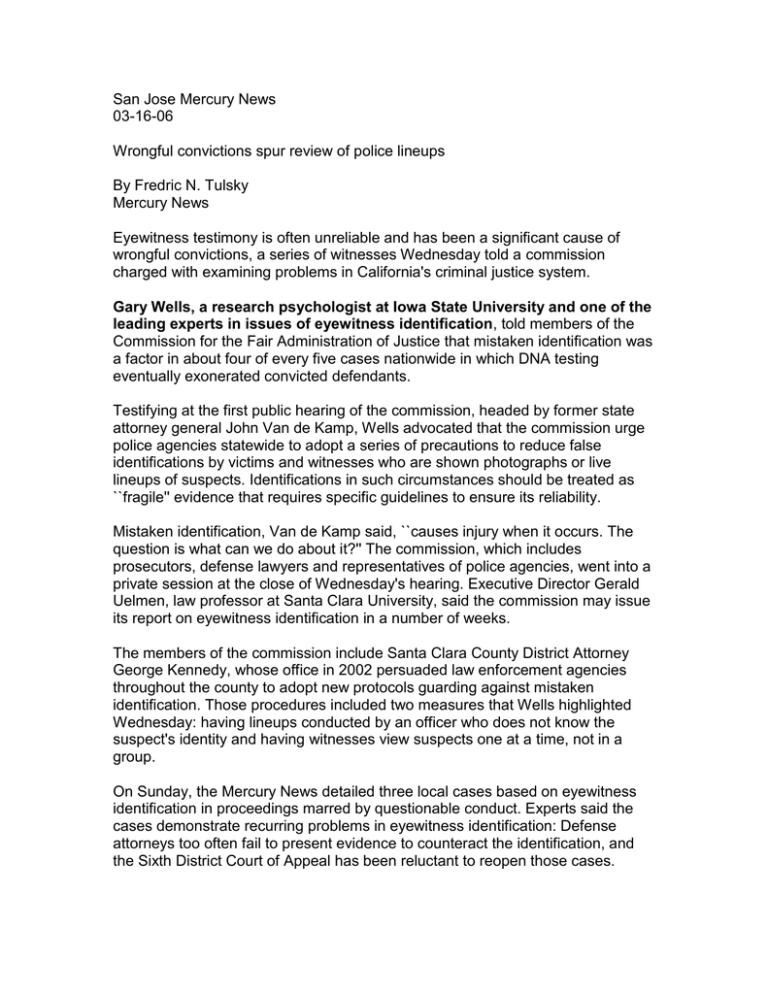
San Jose Mercury News 03-16-06 Wrongful convictions spur review of police lineups By Fredric N. Tulsky Mercury News Eyewitness testimony is often unreliable and has been a significant cause of wrongful convictions, a series of witnesses Wednesday told a commission charged with examining problems in California's criminal justice system. Gary Wells, a research psychologist at Iowa State University and one of the leading experts in issues of eyewitness identification, told members of the Commission for the Fair Administration of Justice that mistaken identification was a factor in about four of every five cases nationwide in which DNA testing eventually exonerated convicted defendants. Testifying at the first public hearing of the commission, headed by former state attorney general John Van de Kamp, Wells advocated that the commission urge police agencies statewide to adopt a series of precautions to reduce false identifications by victims and witnesses who are shown photographs or live lineups of suspects. Identifications in such circumstances should be treated as ``fragile'' evidence that requires specific guidelines to ensure its reliability. Mistaken identification, Van de Kamp said, ``causes injury when it occurs. The question is what can we do about it?'' The commission, which includes prosecutors, defense lawyers and representatives of police agencies, went into a private session at the close of Wednesday's hearing. Executive Director Gerald Uelmen, law professor at Santa Clara University, said the commission may issue its report on eyewitness identification in a number of weeks. The members of the commission include Santa Clara County District Attorney George Kennedy, whose office in 2002 persuaded law enforcement agencies throughout the county to adopt new protocols guarding against mistaken identification. Those procedures included two measures that Wells highlighted Wednesday: having lineups conducted by an officer who does not know the suspect's identity and having witnesses view suspects one at a time, not in a group. On Sunday, the Mercury News detailed three local cases based on eyewitness identification in proceedings marred by questionable conduct. Experts said the cases demonstrate recurring problems in eyewitness identification: Defense attorneys too often fail to present evidence to counteract the identification, and the Sixth District Court of Appeal has been reluctant to reopen those cases. At Wednesday's hearing, a series of witnesses said the commission must strike a balance between protecting innocent people who are wrongly accused and making it overly difficult for police to apprehend guilty suspects. Ebbe Ebbeson, a professor at the University of California-San Diego, said raising statewide standards for lineups would probably decrease the number of both innocent people and guilty people selected by witnesses. That, he said, makes the determination of what standards are appropriate ``a political decision, not a scientific one.'' Juliana B. Humphrey, a San Diego public defender and board member of the California Public Defenders Association, said her organization was ``horrified by the idea of an innocent person being convicted of crime. I understand this is a policy issue. I hope our society has not reached the point'' where ``people being mistakenly convicted is treated as some sort of collateral damage.'' Wells, who has studied mistaken identification for two decades, told the commission that many factors can cause mistaken identifications, such as whether the suspect is of a different ethnicity than the witness. But he said the way a lineup is presented is particularly influential. If the police officer conducting the lineup makes any comments, no matter how unintentional, it can affect the result. When suspects are viewed in a group, Wells said, the witness will tend to identify the person who most resembles what he or she remembers about the suspect. Even when the suspect of a staged crime was removed from photographs shown to a group of students in a series of tests, the students tended to pick the next-most likely suspect, Wells said, rather than correctly determining that the suspect was not in the photographs. Over time, he said, a victim or witness can become more confident in their identification. As a result, while a victim expresses absolute certainty in court that the suspect is the culprit, that testimony is not necessarily accurate, Wells said. In fact, he said, it is no more reliable than predicting a person's gender based on their height. The commission issued tentative recommendations prior to the hearing. They include ensuring that the identity of the suspect is not known to the officer administering the lineup and showing suspects to witnesses one at a time. In addition, Wells recommended that the officer note the witness's level of certainty about the identification. But Ebbeson said such changes may not be appropriate and urged further study or a pilot project to assess the impact of new procedures. Sharon Shaffer, deputy chief of the Fresno Police Department, told the commission that the California Police Chiefs Association is not ready to support such changes as insuring that the lineup is administered by someone who does not know the suspect's identity. Shaffer said the association is concerned about staffing and the ``impact on law enforcement throughout the state.'' But Deputy District Attorney David Angel said Santa Clara County's adoption of the recommended procedures in 2002 has gone ``remarkably seamlessly.'' Angel said that at a training session for prosecutors on the new procedure, he included a film of a fake crime. He then asked the prosecutors to identify the suspect. The number of people who picked the wrong suspect ``shocked'' the audience, according to Angel. It also served to win support for the new procedures.
